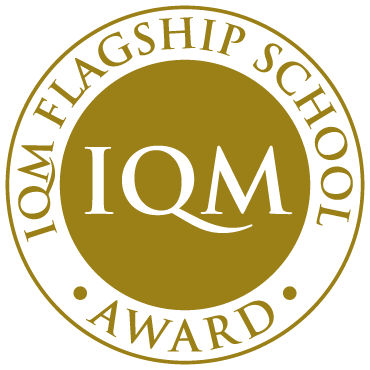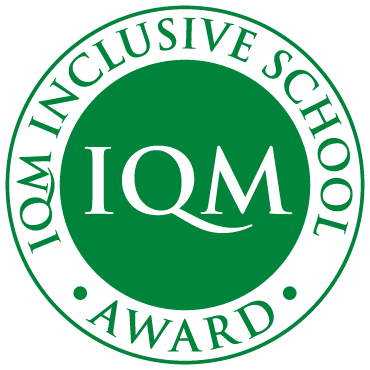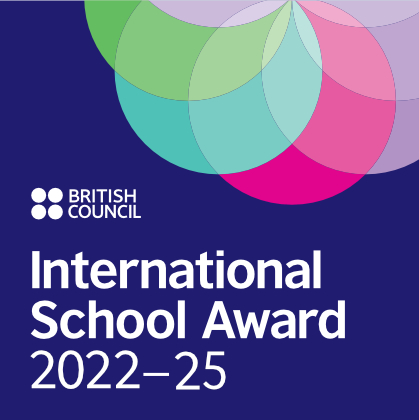Curriculum Statement
What the curriculum is designed to do
At Yeading Infant and Nusery School we have designed our curriculum with pupils’ learning at the centre. We recognise that a curriculum has to be broad, balanced and offer pupils opportunities to grow as individuals as well as learners.
Through a combination of learning techniques, we aim to ensure pupils enjoy learning and feel prepared for life after school. We also intend to offer our pupils new and exciting experiences through extra-curricular activities that are designed to build resilience, confidence and self-esteem.
We recognise that pupils should be challenged in their schooling; learning from failures and celebrating successes. We intend for our curriculum to be empowering, enabling pupils to develop their interpersonal skills, creativity and independence.
How the school intends to deliver the curriculum
As briefly mentioned above, we intend to deliver the curriculum through a variety of methods that are both classroom-based and extra-curricular. Below, we have outlined how we intend to deliver this promise. We promote equal opportunities to all of our pupils in line with the Equality Act 2010 throughout our practices.
Classroom-based learning: Our staff value the different ways in which pupils learn and plan lessons to account for these differences. We encourage teachers to make cross-curricular links where possible within their lesson plans, so that pupils can draw upon knowledge from different subjects and understand how each topic plays a part in everyday life.
Teachers use different learning resources and methods to teach core content, e.g. educational videos, ICT lessons and group work. By using different techniques, we aim to ensure pupils are engaged with learning and accommodate pupils who learn differently to their peers.
The school carries out one-to-one teaching sessions for pupils who require additional support. Parents can request this, but the school prioritises pupils who have higher support needs. We also carry out interventions for small groups of pupils with TAs. Within these interventions, TAs breakdown the content of the lesson in a more digestible way for pupils. The sessions can last between 20 minutes to 30 minutes and groups contain no more than eight pupils to every TA. This ensures pupils receive dedicated one-to-one time with the TA, ensuring any questions that pupils may have get answered in a way that they understand. It is important to note that these interventions supplement the work of the teacher and do not replace it.
A full list of the subjects available to our pupils in each year can be found below.
Extra-curricular activities: We provide a variety of extra-curricular activities for pupils to enhance their learning experience. The activities range from after-school clubs to educational trips and visits – a list of the extra-curricular activities available for each year group is available below. Extra-curricular activities are designed to enhance pupils’ learning experience, form personal connections between pupils, and teach skills essential for life after school.
How the school involves parents, pupils and the local community in curriculum planning and delivery
Our school values the input of its pupils, parents and the local community with regards to the planning and delivery of the curriculum. We believe pupils get a well-rounded education if everyone is involved in shaping it. This is why we invite pupils and parents the opportunity to share their feedback in Parent meetings, Parent councils and during lessons. These include factors such as what pupils enjoy about learning and lessons, what they find challenging, and whether they feel well informed on attainment.
We engage with the wider community by ensuring there are opportunities for pupils to participate in community projects, e.g. litter-picking, Hillingdon Food Bank. We embed each project within the curriculum into the relevant subjects, e.g. creating art out of litter or investigating the effects litter has on the environment. This shows pupils the value of protecting and being involved in their community and establishes a link between the theories they learn in the classroom to practical examples in real life.
How the curriculum benefits pupils’ learning and personal development
Our curriculum has been designed for a range of learners, providing equal opportunities for all – by doing this, pupils will benefit in the following ways:
- Learning how to lead safe, healthy and fulfilling lives
- Understanding that failure is part of the road to success
- Being rewarded for academic successes
- Being supported with their next stages in education or training and feeling prepared for life after school
- Becoming responsible individuals who contribute to community living and the environment
- Achieving to the best of their ability
- Acquiring a wealth of knowledge and experience
- Becoming critical thinkers
- Finding a sense of belonging within the school and its community
- Learning how to cooperate with their peers and respect one another inside and outside of the classroom












